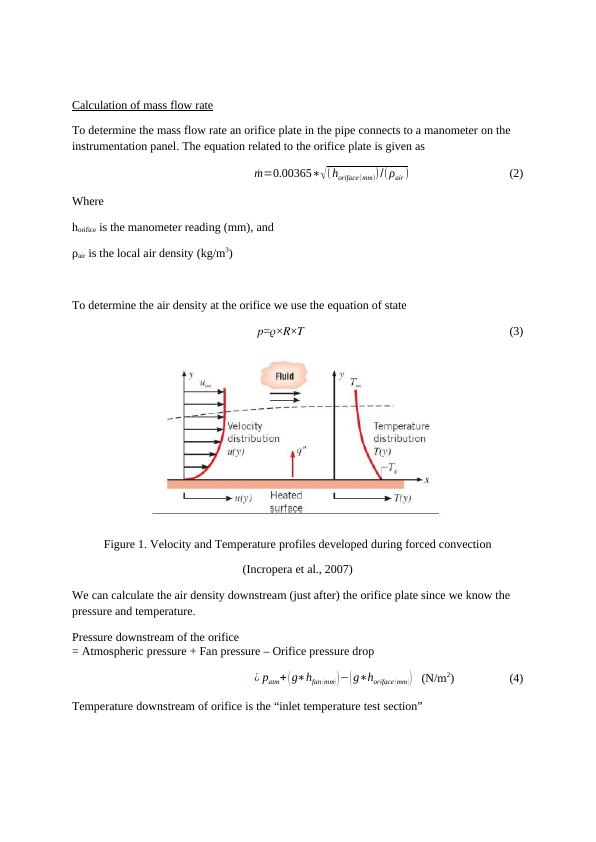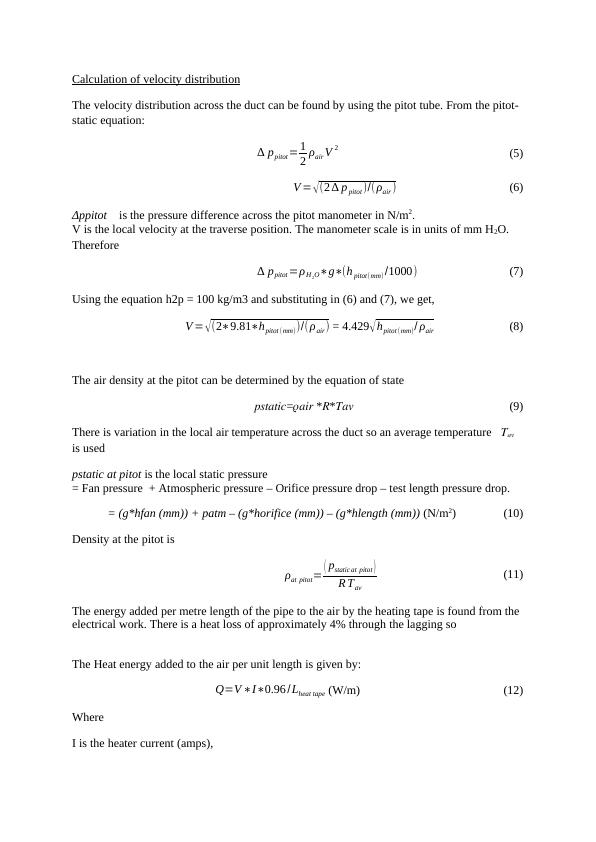Forced Convection Heat Transfer: Theory, Apparatus, and Results
A professional engineer needs to write various types of reports for different purposes and audiences with different skills and knowledge. This includes making a case for investment, explaining technical developments, making recommendations, and analyzing design weaknesses. The report must be suitable for its purpose and tailored to the audience. Another example is a laboratory report on forced convection heat transfer, where the objectives are to determine the convective heat transfer coefficient and the velocity and temperature distribution in fluid flow. The report provides an introduction to the experiment, equipment used, and the theory behind forced convection heat transfer. It also explains the purpose of heat exchangers and the principles of convective and conductive heat transfer. The report concludes with a discussion on the calculation of energy transfer through forced convection.
Added on 2022-08-09
About This Document
Forced Convection Heat Transfer: Theory, Apparatus, and Results
A professional engineer needs to write various types of reports for different purposes and audiences with different skills and knowledge. This includes making a case for investment, explaining technical developments, making recommendations, and analyzing design weaknesses. The report must be suitable for its purpose and tailored to the audience. Another example is a laboratory report on forced convection heat transfer, where the objectives are to determine the convective heat transfer coefficient and the velocity and temperature distribution in fluid flow. The report provides an introduction to the experiment, equipment used, and the theory behind forced convection heat transfer. It also explains the purpose of heat exchangers and the principles of convective and conductive heat transfer. The report concludes with a discussion on the calculation of energy transfer through forced convection.
Added on 2022-08-09
End of preview
Want to access all the pages? Upload your documents or become a member.




